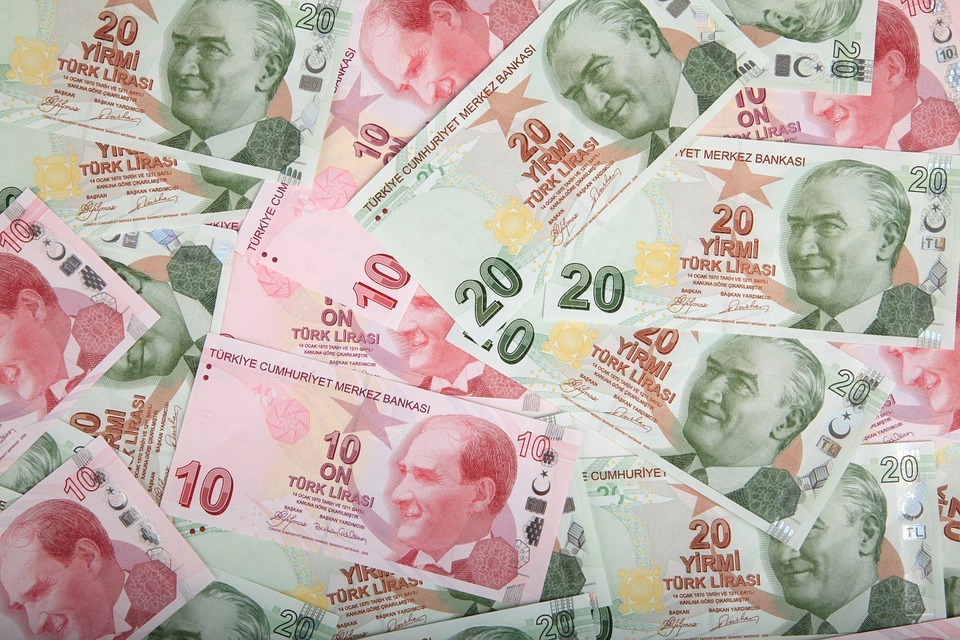What is the “carry trade” in Forex? It is a type of trade where you make sure that your Forex broker will pay you net positive interest for holding the position overnight, and you hope to make a total profit on that trade, at least partly from receiving that interest payment. In theory, it does not matter whether the trade moves in your favor, if it does not move against you, because you are getting an extra payment from the broker. If that sounds a little confusing, let’s break it down piece by piece.
In every Forex trade, you are trading one currency for another. For example, if you are going long USD/JPY, it means that you are effectively exchanging JPY for USD. As all currencies have a rate of interest, it makes sense that you should receive interest for USD, while paying interest on the JPY. This means that you should receive the difference, i.e. the USD interest minus the JPY difference. If the difference is positive, you should receive something, if the difference is negative you should pay something.
The details are more complex. The interest rates used in the calculation are what your broker decides to apply. Brokers will usually say that they base their calculations on interest rates that the market is paying, such as short-term LIBOR, but will often admit they charge an extra fee. Brokers often justify this by pointing to the fact that you are borrowing money from they if you are using leverage. The flaw in this argument are that you pay the unfavorable rates even if you are not using leverage (borrowing) to trade. Some brokers use these interest rate calculations to make extra money from their clients, or to reduce their clients’ trend-following edge. There are other brokers that offer a fairer deal. Some brokers publish the rates in force, others provide it upon request. If you are using MetaTrader 4, you can see the rates charged or paid within the platform in real time.
By now it should be clear that if you want to try to make money with the carry trade, you need to look to be long of currencies that have very high interest rates and low of currencies that have very low interest rate. The first obstacle is the fact that most countries have very low rates of interest, especially all the largest economies. To construct a carry trade, you are going to have to use a broker that offers exotic currencies with very high rates of interest, such as the Turkish Lira (TRY), the South African Rand (ZAR), and the Mexican Peso (MXN).

The short side of the trade should be against a currency that has a very low rate of interest – here you can try the Euro (0%), or even the Japanese Yen (-0.10%) or Swiss Franc (-0.75%). If your broker doesn’t offer the cross, you can build it yourself artificially, for example by going short the same amount of USD/TRY as long USD/CHF.
To give you an idea of what you might be able to achieve, high-quality Forex brokers are currently paying about 6% on the Turkish Lira, 8% on the South African Rand, and 3% on the Mexican Peso. The carry trade isn’t something I recommend, because you are “picking up pennies in front of a steamroller”. You might earn 8% per year on your South African Rand, but it could go against you by more than that in one day. Any country paying such a high rate of interest is inherently unstable. If you must try to trade with this inherently fragile strategy, make sure you use stop losses, and pick your entries very carefully.
